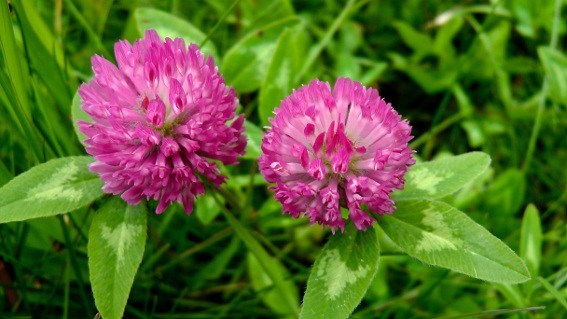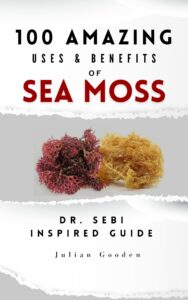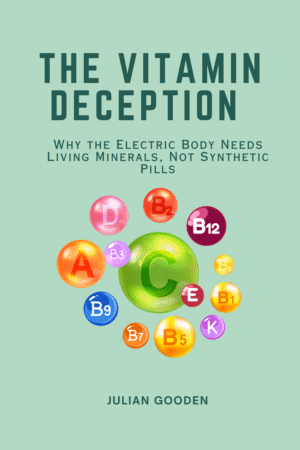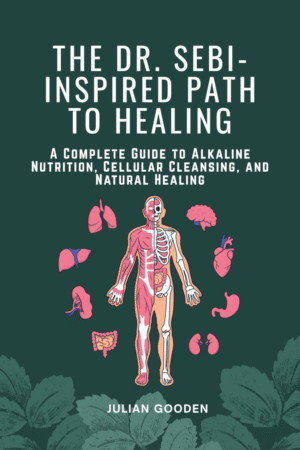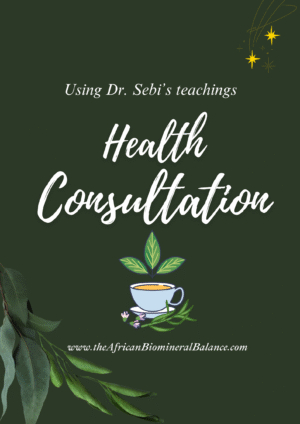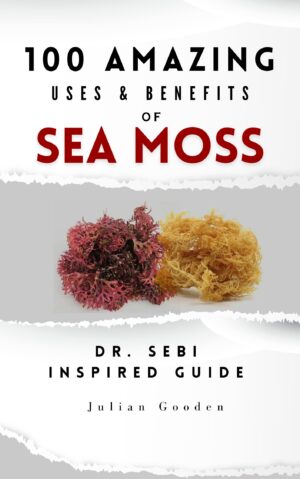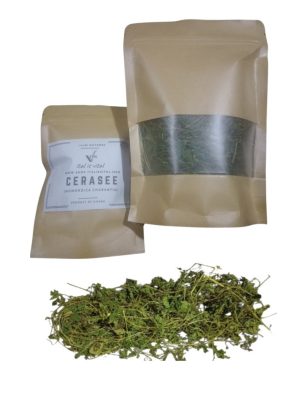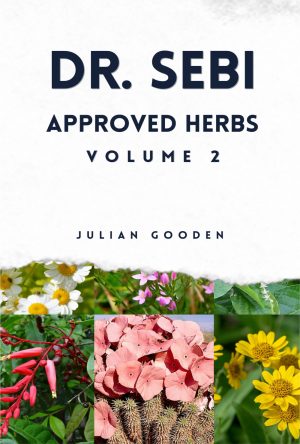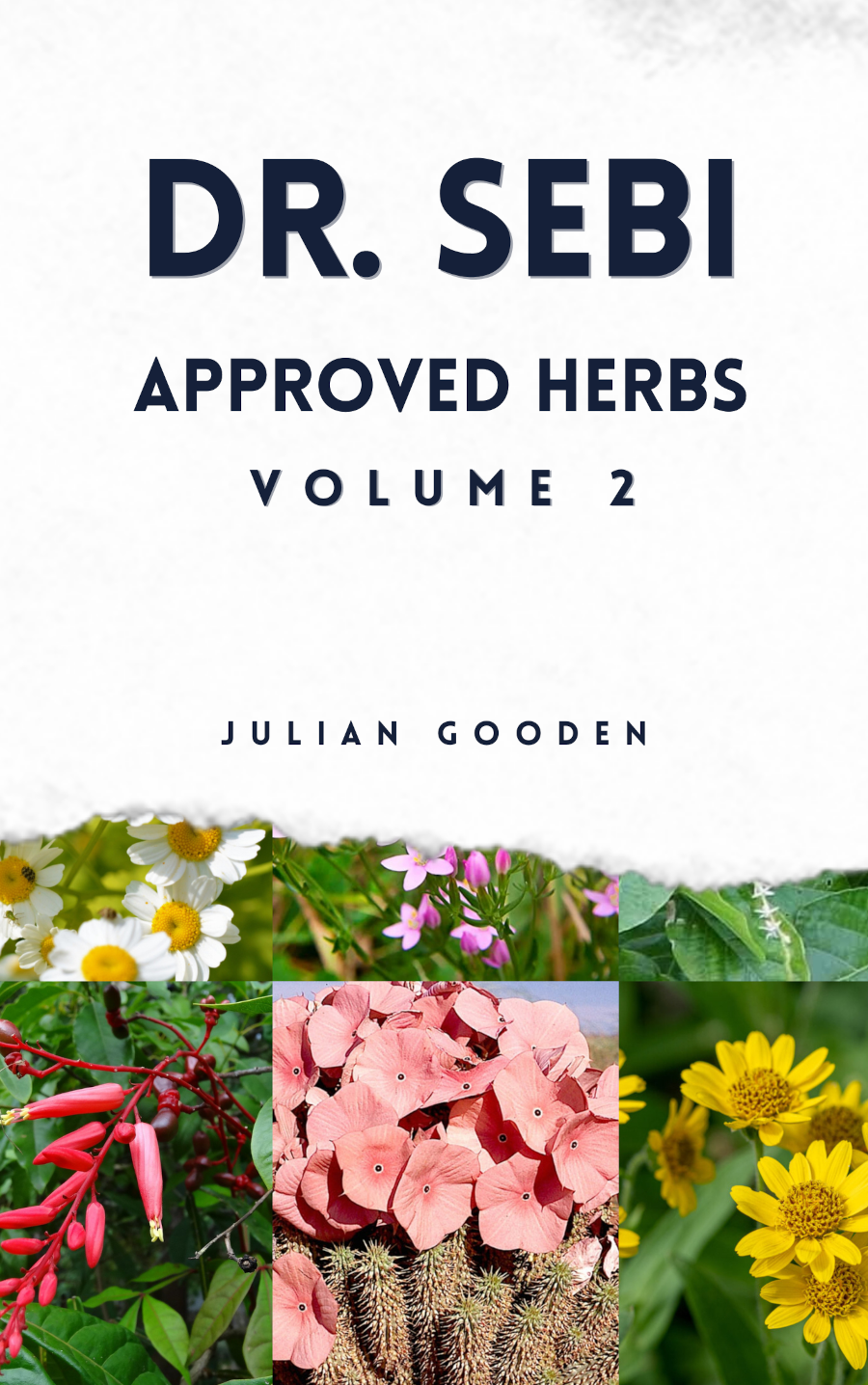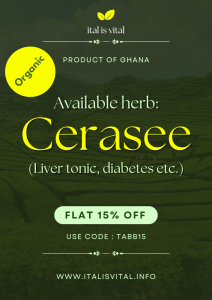Overview of Red Clover (Trifolium pratense)
Red Clover (Trifolium pratense) is a perennial herbaceous plant belonging to the legume family (Fabaceae). Native to Europe, Western Asia, and parts of Africa, it is now widely cultivated globally due to its medicinal, agricultural, and ecological value. For centuries, red clover has been a staple in traditional herbal medicine across cultures, including European, Native American, and Chinese practices, valued for its ability to address a wide range of health concerns. The plant’s vibrant pinkish-purple flower heads are the primary part used medicinally, though its leaves and stems may also be incorporated in some preparations.
The therapeutic properties of red clover stem from its rich profile of bioactive compounds, including:
- Isoflavones: Phytoestrogens such as genistein, daidzein, formononetin, and biochanin A, which mimic estrogen in the body and are central to many of its health benefits.
- Flavonoids: Potent antioxidants that combat oxidative stress and inflammation.
- Coumarins: Compounds that may support circulation and have mild anticoagulant effects.
- Saponins: Contribute to its detoxifying and anti-inflammatory properties.
- Minerals: Contains calcium, magnesium, and potassium, supporting overall health.
- Volatile Oils: Provide mild sedative and calming effects.
These compounds work synergistically to make red clover a versatile remedy for conditions ranging from hormonal imbalances to skin disorders. Below is a detailed exploration of its health benefits, uses, preparation methods, and precautions.
Detailed Health Benefits of Red Clover
1. Hormonal Balance
- Mechanism: Red clover’s isoflavones act as phytoestrogens, binding to estrogen receptors in the body. This can help modulate estrogen activity, either mimicking or blocking estrogen depending on the body’s needs, making it particularly useful during hormonal transitions.
- Benefits:
- Menopause: Clinical studies suggest that red clover isoflavones may reduce the frequency and severity of menopausal symptoms, such as hot flashes, night sweats, and mood swings. A 2016 meta-analysis found that red clover supplementation significantly improved menopausal symptom scores compared to placebo.
- Menstrual Health: By stabilizing hormonal fluctuations, red clover may alleviate symptoms of premenstrual syndrome (PMS), such as irritability, bloating, and irregular cycles.
- Uses:
- Taken as a tea (1–2 cups daily) or in capsule form (standardized to 40–80 mg of isoflavones daily) during menopause or PMS.
- May be combined with other herbs like black cohosh or chasteberry for synergistic effects.
2. Bone Health
- Mechanism: Estrogen plays a critical role in maintaining bone density by regulating osteoclast activity (cells that break down bone). Red clover’s isoflavones mimic estrogen, potentially reducing bone resorption and supporting bone formation.
- Benefits:
- Particularly beneficial for postmenopausal women, who experience accelerated bone loss due to declining estrogen levels.
- A 2015 study in postmenopausal women showed that red clover isoflavone supplementation improved bone mineral density in the lumbar spine and reduced markers of bone turnover.
- Uses:
- Often paired with calcium-rich herbs for enhanced bone protection.
3. Cardiovascular Health
- Mechanism: Red clover improves lipid profiles and aids cholesterol health. It may also enhance arterial elasticity and reduce vascular inflammation.
- Benefits:
- May reduce the risk of atherosclerosis (plaque buildup in arteries) and improve overall heart health.
- A 2013 study found that red clover supplementation improved arterial compliance in postmenopausal women, suggesting cardiovascular protective effects.
- Uses:
- Consumed as a tea or tincture to promote circulation.
4. Skin Health
- Mechanism: Red clover’s anti-inflammatory and antioxidant properties help soothe irritated skin and promote healing. It may also improve skin elasticity by supporting collagen production.
- Benefits:
- Effective for chronic skin conditions like eczema, psoriasis, and acne, as well as minor irritations like rashes or burns.
- May improve skin hydration and reduce signs of aging, such as wrinkles, due to its estrogen-like effects.
- Uses:
- Topical: Applied as a poultice (made from crushed fresh or dried flowers) or in creams infused with red clover extract.
- Internal: Taken as a tea or tincture to address underlying inflammation contributing to skin issues.
5. Detoxification
- Mechanism: Red clover is considered a “blood purifier” in traditional herbalism, meaning it supports the liver, kidneys, and lymphatic system in eliminating toxins. Its saponins and flavonoids enhance liver function and promote lymphatic drainage.
- Benefits:
- May improve overall detoxification, reducing symptoms like fatigue, bloating, or sluggishness.
- Supports liver health, which is crucial for metabolizing hormones and toxins.
- Uses:
- Included in detox teas or herbal blends alongside herbs like dandelion root, burdock, or nettle.
- Taken as a tincture (20–30 drops in water, 1–2 times daily) for systemic cleansing.
6. Respiratory Health
- Mechanism: Red clover’s expectorant properties help loosen and expel mucus from the respiratory tract, while its anti-inflammatory effects soothe irritated airways.
- Benefits:
- Useful for conditions like bronchitis, asthma, whooping cough, and chronic coughs.
- May reduce airway inflammation and improve breathing in allergic or inflammatory respiratory conditions.
- Uses:
- Drunk as a tea (1–2 teaspoons of dried flowers steeped in hot water) to relieve coughs and clear mucus.
- Combined with herbs like mullein for enhanced respiratory support.
7. Anti-inflammatory Properties
- Mechanism: Flavonoids and other antioxidants in red clover reduce systemic inflammation by neutralizing free radicals and inhibiting pro-inflammatory cytokines.
- Benefits:
- May alleviate symptoms of inflammatory conditions like arthritis, gout, or fibromyalgia.
- Supports joint health by reducing pain and stiffness.
- Uses:
- Consumed as a tea or tincture for systemic anti-inflammatory effects.
- May be combined with ginger for stronger anti-inflammatory benefits.
8. Cancer Prevention Support
- Mechanism: Isoflavones like genistein and daidzein may inhibit the growth of hormone-sensitive cancer cells by competing with estrogen for receptor binding. However, evidence is mixed, and effects may vary based on individual health conditions.
- Benefits:
- Preliminary studies suggest a potential protective role against hormone-related cancers, such as breast, prostate, or endometrial cancer.
- Antioxidant properties may reduce oxidative stress, a contributor to cancer development.
- Caution:
- Consult an experienced herbalist or natural healthcare provider when using red clover for cancer-related purposes.
9. Improves Sleep and Relaxation
- Mechanism: Red clover’s mild sedative properties promote relaxation and reduce nervous tension.
- Benefits:
- Helps alleviate insomnia and improve sleep quality, especially when stress or hormonal imbalances are contributing factors.
- May reduce anxiety and promote a sense of calm.
- Uses:
- Drunk as a bedtime tea (1–2 teaspoons of dried flowers steeped for 10–15 minutes).
- Combined with calming herbs like chamomile, lavender, or lemon balm for enhanced relaxation.
10. Immune System Support
- Mechanism: Red clover’s antioxidants help combat oxidative stress and support immune function by neutralizing free radicals that can weaken the immune system. Its mild antimicrobial properties may also help fight off infections.
- Benefits:
- May enhance the body’s resilience against infections like colds or flu.
- Supports overall immune health, particularly during periods of stress or seasonal changes.
- Uses:
- Consumed as a tea (1–2 teaspoons of dried flowers steeped in hot water) to boost immunity during cold and flu season.
- Included in herbal blends with immune-supporting herbs like elderberry.
- Evidence: While direct studies on red clover’s immune effects are limited, its antioxidant profile suggests a supportive role in immune health, similar to other flavonoid-rich herbs.
11. Digestive Health
- Mechanism: Red clover’s saponins and fiber content promote healthy digestion by supporting gut motility and reducing inflammation in the digestive tract. Its mild diuretic properties may also help reduce bloating.
- Benefits:
- May alleviate symptoms of indigestion, bloating, or mild gastrointestinal discomfort.
- Supports liver function, which aids in digestion and nutrient absorption.
- Uses:
- Taken as a tea after meals to soothe the digestive system.
- Combined with herbs like ginger or fennel for enhanced digestive support.
- Evidence: Traditional herbalism supports red clover’s use for digestion, though clinical studies are sparse. Its anti-inflammatory and detoxifying properties likely contribute to digestive benefits.
12. Hair Health
- Mechanism: The isoflavones in red clover may improve scalp circulation and support hair follicle health by mimicking estrogen, which plays a role in hair growth. Its antioxidants also protect hair follicles from oxidative damage.
- Benefits:
- May reduce hair thinning or loss, particularly in cases related to hormonal imbalances (e.g., menopause or androgen-related hair loss).
- Promotes shinier, healthier hair by improving scalp health.
- Uses:
- Applied topically as a red clover-infused oil or rinse (made by steeping dried flowers in water or oil) to nourish the scalp.
- Taken internally as a tea or supplement to address hormonal causes of hair loss.
- Evidence: Anecdotal reports and traditional use suggest benefits for hair health, but scientific studies are limited. Isoflavones’ role in hormonal balance may indirectly support hair growth.
13. Liver Health
- Mechanism: Red clover’s detoxifying properties, driven by saponins and flavonoids, support liver function by enhancing its ability to metabolize toxins and hormones. It may also protect liver cells from oxidative damage.
- Benefits:
- Supports liver detoxification, which is crucial for overall health and hormone regulation.
- May help alleviate symptoms of liver congestion, such as fatigue or skin issues.
- Uses:
- Included in detox teas or tinctures alongside liver-supporting herbs like milk thistle or dandelion root.
- Taken as a capsule or tablet for long-term liver support.
- Evidence: Traditional herbalism strongly supports red clover for liver health, but clinical research is limited. Its antioxidant and anti-inflammatory properties align with liver-protective effects.
14. Antioxidant Support for Cellular Health
- Mechanism: Red clover’s high flavonoid content provides potent antioxidant activity, protecting cells from oxidative stress caused by free radicals. This may slow cellular aging and reduce the risk of chronic diseases.
- Benefits:
- Supports overall cellular health, potentially reducing the risk of age-related diseases.
- May protect against DNA damage linked to oxidative stress.
- Uses:
- Taken regularly as a tea, tincture, or supplement to boost antioxidant intake.
- Combined with other antioxidant-rich herbs like green tea or rooibos for enhanced effects.
- Evidence: Studies confirm red clover’s high antioxidant capacity, comparable to other flavonoid-rich plants, though specific outcomes for cellular health require further investigation.
How to Use Red Clover
Red clover can be prepared in various forms depending on the desired therapeutic effect. Below are detailed preparation methods:
- Tea:
- Ingredients: 1–2 teaspoons of dried red clover flowers (organic, if possible).
- Method: Steep in 8–10 ounces of boiling water for 10–15 minutes. Strain and drink 1–3 cups daily.
- Tips: Add agave or key lime for flavor. Combine with other herbs (e.g., ginger for digestion, chamomile for relaxation) for synergistic effects.
- Best for: Hormonal balance, detoxification, respiratory health, relaxation.
- Tincture:
- Ingredients: Alcohol-based or glycerin-based (preferably) red clover extract.
- Method: Follow label instructions, typically 20–30 drops in water or juice, 1–3 times daily.
- Tips: Choose a high-quality tincture. Store in a cool, dark place.
- Best for: Hormonal balance, cardiovascular health, detoxification.
- Capsules or Tablets:
- Method: Follow dosage instructions.
- Tips: Look for reputable brands with third-party testing to ensure purity and potency.
- Best for: Bone health, cardiovascular health, menopausal symptoms.
- Topical Application:
- Poultice: Crush fresh red clover flowers or rehydrate dried flowers with warm water to form a paste. Apply to affected skin areas, cover with a clean cloth, and leave for 20–30 minutes.
- Cream: Use a red clover-infused cream or salve, available commercially or homemade by infusing dried flowers in a carrier oil (e.g., coconut or olive oil) and blending with shea butter.
- Best for: Eczema, psoriasis, rashes, or minor wounds.
- Infused Oil (for topical use):
- Method: Fill a jar with dried red clover flowers, cover with a carrier oil (e.g., olive oil), and let sit in a warm, sunny spot for 2–4 weeks. Strain and use as a massage oil or base for salves.
- Best for: Skin health, inflammation.
Precautions and Potential Interactions
While red clover is generally considered safe for most people when used appropriately, there are important precautions to consider:
- Pregnancy and Breastfeeding: Avoid red clover due to its phytoestrogen content, which may affect fetal development or milk production. Limited research exists on its safety in these populations.
- Hormone-Sensitive Conditions: Individuals with these conditions should consult an experienced herbalist or natural healthcare provider.
- Medication Interactions:
- Blood Thinners: Red clover’s coumarins may enhance the effects of anticoagulants (e.g., warfarin, aspirin), increasing bleeding risk.
- Hormone Therapies: May interact with hormone replacement therapy (HRT) or oral contraceptives.
- Liver-Metabolized Drugs: Red clover may potentially alter the metabolism of certain medications.
- Allergies: Rare allergic reactions (e.g., rash, itching) may occur, particularly in individuals allergic to legumes.
- Dosage: Excessive consumption may cause side effects like nausea, headache, or dizziness. Stick to recommended dosages and consult a natural healthcare provider for long-term use.
Historical and Cultural Context
Red clover has a rich history in traditional medicine:
- European Herbalism: Used as a blood purifier and to treat respiratory ailments and skin conditions.
- Native American Medicine: Employed for burns, sores, and as a general tonic for women’s health.
- Traditional Chinese Medicine: Valued for its cooling properties and ability to “clear heat” from the body, often used for detoxification and skin health.
- Modern Herbalism: Red clover remains a staple in herbal blends for menopause, detoxification, and skin health, often combined with herbs like nettle, dandelion, or burdock.
Agriculturally, red clover is valued as a cover crop for its ability to fix nitrogen in the soil, improving soil fertility and supporting sustainable farming practices.
Sample Recipe: Red Clover Detox Tea
Ingredients:
- 1 teaspoon dried red clover flowers
- 1 teaspoon dried dandelion root
- 1 teaspoon dried nettle leaf
- 1 cup boiling water
- Optional: 1 teaspoon agave or a slice of key lime for flavor
Instructions:
- Combine the dried herbs in a teapot or heat-safe cup.
- Pour 1 cup of boiling water over the herbs.
- Cover and steep for 10–15 minutes to extract the active compounds.
- Strain the herbs and add agave or key lime, if desired.
- Drink 1–2 cups daily for detoxification and general wellness.
Tips:
- Store dried herbs in an airtight container in a cool, dark place to preserve potency.
- Consult a healthcare provider before starting a detox regimen, especially if you have liver or kidney conditions.
References
- Lipovac, M., et al. (2016). “Red clover for menopausal symptoms.” Maturitas.
- Shows red clover reduces hot flashes in postmenopausal women.
- Find it: PubMed or academic libraries (DOI: 10.1016/j.maturitas.2016.03.007).
- Nestel, P. J., et al. (2003). “Red clover and heart health.” Journal of Clinical Endocrinology & Metabolism.
- Supports red clover’s benefits for circulation and arteries.
- Find it: PubMed (DOI: 10.1210/jc.2002-020873).
- Hoffmann, D. (2003). Medical Herbalism.
- Explains red clover’s traditional uses for skin, hormones, and detox.
- Find it: Bookstores, libraries, or online retailers.
- Grieve, M. (1971). A Modern Herbal.
- Covers red clover’s historical uses for coughs, skin, and women’s health.
- Find it: Libraries or online (Dover Publications).
- National Center for Complementary and Integrative Health (NCCIH). “Red Clover.”
- Reliable overview of red clover’s uses and safety precautions.
- Find it: https://www.nccih.nih.gov/health/red-clover.


